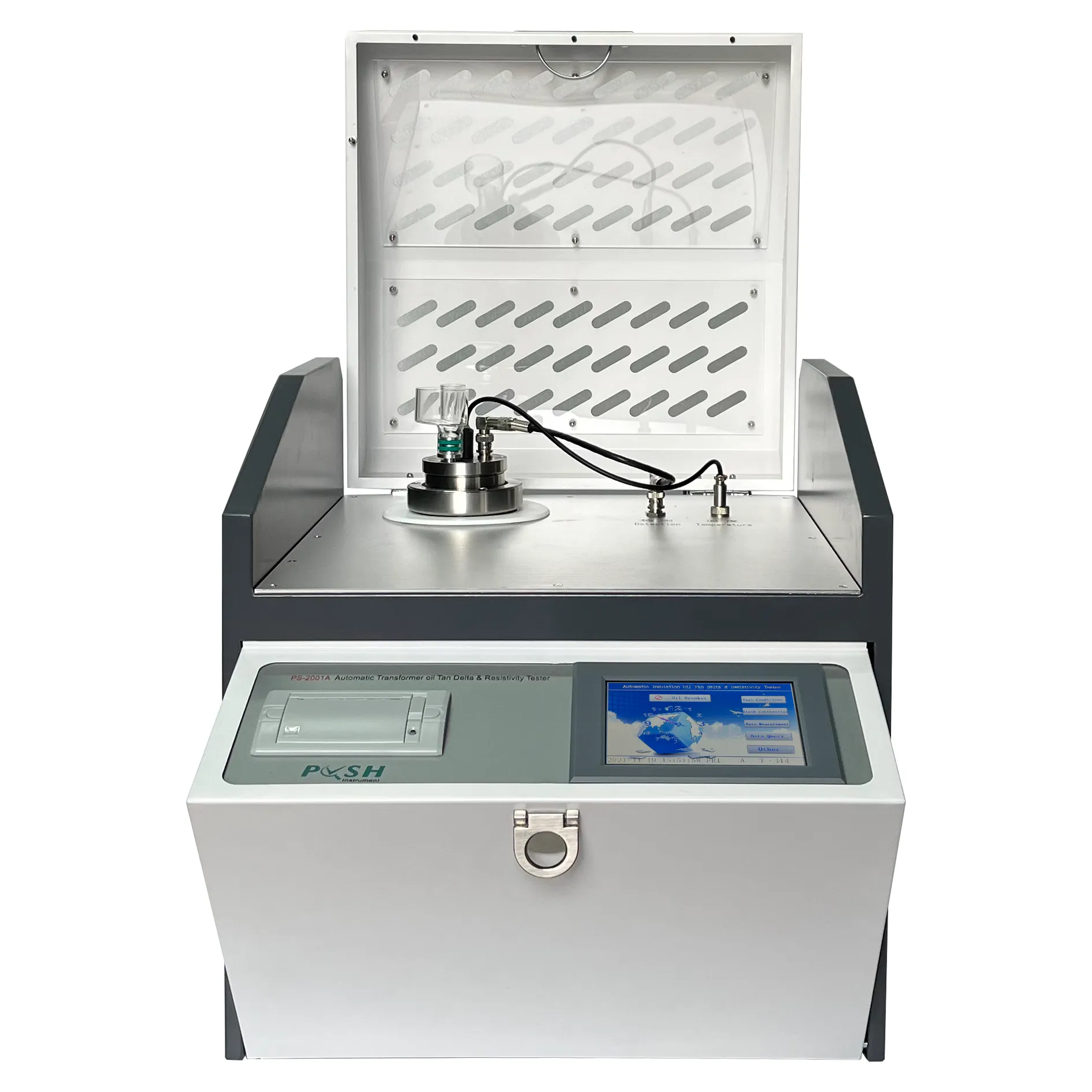 English
English



-
 Afrikaans
Afrikaans -
 Albanian
Albanian -
 Amharic
Amharic -
 Arabic
Arabic -
 Armenian
Armenian -
 Azerbaijani
Azerbaijani -
 Basque
Basque -
 Belarusian
Belarusian -
 Bengali
Bengali -
 Bosnian
Bosnian -
 Bulgarian
Bulgarian -
 Catalan
Catalan -
 Cebuano
Cebuano -
 China
China -
 China (Taiwan)
China (Taiwan) -
 Corsican
Corsican -
 Croatian
Croatian -
 Czech
Czech -
 Danish
Danish -
 Dutch
Dutch -
 English
English -
 Esperanto
Esperanto -
 Estonian
Estonian -
 Finnish
Finnish -
 French
French -
 Frisian
Frisian -
 Galician
Galician -
 Georgian
Georgian -
 German
German -
 Greek
Greek -
 Gujarati
Gujarati -
 Haitian Creole
Haitian Creole -
 hausa
hausa -
 hawaiian
hawaiian -
 Hebrew
Hebrew -
 Hindi
Hindi -
 Miao
Miao -
 Hungarian
Hungarian -
 Icelandic
Icelandic -
 igbo
igbo -
 Indonesian
Indonesian -
 irish
irish -
 Italian
Italian -
 Japanese
Japanese -
 Javanese
Javanese -
 Kannada
Kannada -
 kazakh
kazakh -
 Khmer
Khmer -
 Rwandese
Rwandese -
 Korean
Korean -
 Kurdish
Kurdish -
 Kyrgyz
Kyrgyz -
 Lao
Lao -
 Latin
Latin -
 Latvian
Latvian -
 Lithuanian
Lithuanian -
 Luxembourgish
Luxembourgish -
 Macedonian
Macedonian -
 Malgashi
Malgashi -
 Malay
Malay -
 Malayalam
Malayalam -
 Maltese
Maltese -
 Maori
Maori -
 Marathi
Marathi -
 Mongolian
Mongolian -
 Myanmar
Myanmar -
 Nepali
Nepali -
 Norwegian
Norwegian -
 Norwegian
Norwegian -
 Occitan
Occitan -
 Pashto
Pashto -
 Persian
Persian -
 Polish
Polish -
 Portuguese
Portuguese -
 Punjabi
Punjabi -
 Romanian
Romanian -
 Russian
Russian -
 Samoan
Samoan -
 Scottish Gaelic
Scottish Gaelic -
 Serbian
Serbian -
 Sesotho
Sesotho -
 Shona
Shona -
 Sindhi
Sindhi -
 Sinhala
Sinhala -
 Slovak
Slovak -
 Slovenian
Slovenian -
 Somali
Somali -
 Spanish
Spanish -
 Sundanese
Sundanese -
 Swahili
Swahili -
 Swedish
Swedish -
 Tagalog
Tagalog -
 Tajik
Tajik -
 Tamil
Tamil -
 Tatar
Tatar -
 Telugu
Telugu -
 Thai
Thai -
 Turkish
Turkish -
 Turkmen
Turkmen -
 Ukrainian
Ukrainian -
 Urdu
Urdu -
 Uighur
Uighur -
 Uzbek
Uzbek -
 Vietnamese
Vietnamese -
 Welsh
Welsh -
 Bantu
Bantu -
 Yiddish
Yiddish -
 Yoruba
Yoruba -
 Zulu
Zulu
different test of transformer
Different Tests of Transformers Ensuring Efficiency and Reliability
Transformers play a critical role in electrical power systems by facilitating the efficient transmission and distribution of electricity. Given their importance, it's essential to ensure that transformers operate effectively and reliably under varying conditions. This necessity has led to the development of various tests that assess the performance and functionality of transformers, enabling utility companies and engineers to maintain high standards in energy distribution.
Different Tests of Transformers Ensuring Efficiency and Reliability
Another essential test is the insulation resistance test. Since transformers operate at high voltages, their insulation must withstand electrical stress. This test involves applying a DC voltage across the insulation and measuring the resistance. A low insulation resistance value could suggest potential insulation degradation, which may lead to disastrous failures if not addressed promptly.
different test of transformer

The power factor test is also crucial for assessing the quality of the transformer's insulation. By measuring the phase difference between the current and voltage, this test helps in identifying insulation issues and potential energy losses. A high power factor indicates good insulation performance, while a low power factor may alert engineers to the need for further investigation and remediation.
Furthermore, the temperature-rise test is conducted to evaluate the heat generated within the transformer during operation. Monitoring temperature rise helps ensure that the transformer operates within its thermal limits, preventing overheating that could lead to insulation breakdown and other failures. This test often involves running the transformer at its rated load and measuring the temperature of various components to ensure they remain within safe limits.
Lastly, the short-circuit test assesses the transformer's ability to withstand fault conditions. This test simulates short-circuit scenarios to determine how the transformer reacts under stress. Engineers analyze the results to understand voltage drops, losses, and potential damage, allowing them to design more resilient transformers.
In summary, the various tests performed on transformers—such as the turns ratio, insulation resistance, power factor, temperature-rise, and short-circuit tests—are vital for ensuring their efficiency and reliability. By conducting these tests regularly, utility companies can minimize downtime, enhance operational safety, and maintain the integrity of the electrical grid, ultimately contributing to a more reliable energy supply for consumers.
-
Testing Equipment Industry Sees Major Advancements in 2025: Smart & Precision Technologies Lead the WayNewsJun.06,2025
-
Applications of Direct Current Generators in Renewable Energy SystemsNewsJun.05,2025
-
Hipot Tester Calibration and Accuracy GuidelinesNewsJun.05,2025
-
Digital Circuit Breaker Analyzer Features and BenefitsNewsJun.05,2025
-
Benefits of Real-Time Power Quality Monitoring Devices for Industrial EfficiencyNewsJun.05,2025
-
Earth Fault Loop Testing in High-Rise Building Electrical SystemsNewsJun.05,2025



